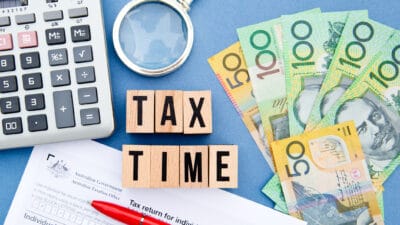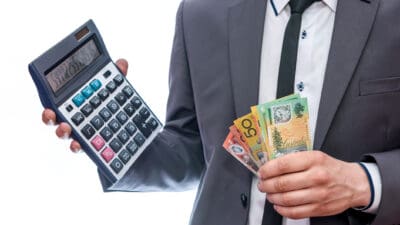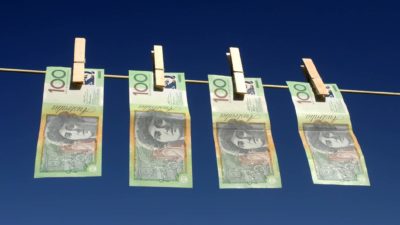Chances are that if you own ASX shares, or have ever been involved with the world of the ASX share markets, you would have heard about the wonders of franking credits and a 'fully-franked dividend'.
Whenever you hear someone discussing ASX dividend investing, it will only be a matter of time until franking comes up.
Franking is a unique feature of Australia's tax system. And understanding franking and how it relates to personal finances is vital, particularly around this time of year when our tax lodgings are coming up.
So, let's start at the beginning.
What are franking credits?
Franking credits were first introduced in the 1980s to correct what many saw as an unfair point of our tax system.
When a company pays a dividend, it can only do so from a pool of profits that have already been taxed at the corporate level. Before franking was introduced, dividend payments to shareholders were treated as ordinary income subject to income tax. This effectively meant they were taxed twice.
Recognising that this practice of taxing dividends twice was arguably unfair, the Federal Government introduced franking. Put simply, if a company today pays a dividend from a pool of cash that has already been taxed, that dividend comes with a receipt of sorts that confirms the tax already paid. That 'receipt' is officially known as a franking credit (sometimes called an imputation credit).
Those investors who receive these franking credits in recognition of the taxes that have already been paid can use them as a tax deduction against other income. If someone receiving the franking credits has no taxable income (a retiree, for example), they can claim the franking credits back as a cash refund.
Franking and tax time
Most ASX shares that pay dividends are taxed in Australia. As such, fully franked dividends are common on the ASX.
Telstra Group Ltd (ASX: TLS), Woolworths Group Ltd (ASX: WOW) and BHP Group Ltd (ASX: BHP) are some examples of shares that almost always fork out fully franked dividends. As are most of the ASX banks, including the Commonwealth Bank of Australia (ASX: CBA).
However, some companies have operations outside Australia and thus pay their taxes in other jurisdictions. If this is the case, these companies might only pay partially franked dividends or even completely unfranked dividends.
Franking credits are very valuable to almost every ASX investor. For example, let's say an ASX share pays out a fully franked dividend worth a yield of 5%. In this scenario, the grossed-up yield with the value of the franking credits included would be approximately 7.14%. That extra return can make a big difference to an investor's wealth over time.
Now, you might understand why almost every ASX investor loves a fully-franked dividend.
So, if you have ASX shares, double-check the franking credits you are entitled to receive and be sure to include them on your tax return.








